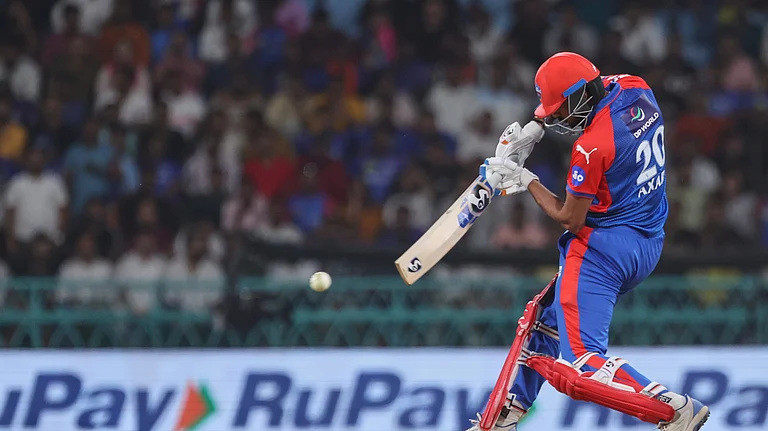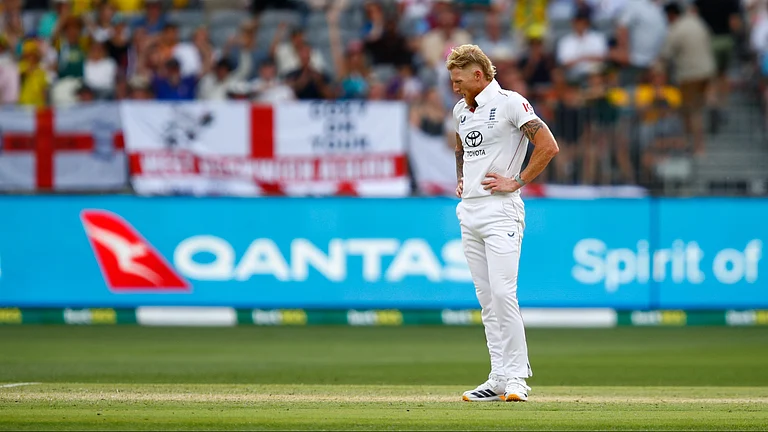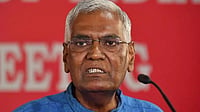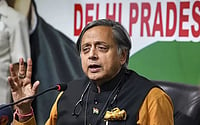UNLIKE the rest of India, there are satellite television channels in all the foursouthern languages. While Tamil heads the list with six channels, Telugu has two, andMalayalam and Kannada one each. And, as the elections draw near, there is a distinct shiftin prime time programming from the usual film-based fare to hard-core political stuff.
"This is basically a business decision," says Rajendaran of the Tamil channelRaj TV. Few would believe that. Check out the ownership patterns. While Sun TV is owned byMurasoli Maran, former Union minister and nephew of DMK chief M. Karunanidhi, J. Jay TVbelongs to T.T.V. Bhaskaran, brother of Tamil Nadu Chief Minister J. Jayalalitha’sfoster son Sudhakaran. The promoters of the Malayalam channel Asianet—P. Bhaskaran,Sasikumar and Raji Menon—are well-known CPI(M) sympathisers. It’s no differentwith the two Telugu channels. Ramoji Rao, founder of the newspaper Eenadu and Eenadu TV,takes pride in his role in bringing NTR to power in 1983. While Eenadu TV is now backingthe Chandrababu Naidu faction of the Telugu Desam, the other Telugu channel—Gemini TVpromoted by the grandsons of legendary film maker L.V. Prasad—plugs Lakshmi Parvathi.
Advertisers too are willing to back current affairs programmes. Says S.Srikanth, senior media executive at Lintas: "Unlike print where we plan the ad budgetfor the year, in television we plan every quarter. This helps us choose the best politicalshow to sponsor or to take slots." Vimala Ramanan, director of Hansa Vision, thevideo unit of R.K. Swamy/BBDO, sees growing viewer fatigue with the avalanche offilm-based programmes. Ad revenues for current affairs programmes are shooting up by 75per cent annually.
In the case of the most popular regional channel Sun TV ManagingDirector Kalanidhi Maran says he takes care to avoid political colour. "Sun TV is socareful that only two of our leaders have been interviewed in its weekly face-to-faceprogramme which has featured over 110 political personalities," complains a DMKsym-pathiser. Sun TV even gave prime time to Cho Ramaswamy, a bitter critic of the DMK.Says Cho, "I must admit my scathing observations about the DMK have been airedwithout being censored." And on April 11, it aired an interview with Jayalalitha onprime time.
Sun TV now has daily news too. But Maran is not too sure of theprogramme’s long-term viability. "Right now, we have sold the entire ad time fornews till the end of the elections. I don’t know whether the trend will continueafter the elections," he says. Maran is getting ready for a 36-hour live programme, ala Prannoy Roy, during the counting. "I have appointed 234 part-time correspondentsto cover the 234 constituencies in the state," he declares.
The one channel which makes no pretense of being neutral is J. Jay TV.Sample a newsflash on the channel: "People of Tamil Nadu welcome the alliance betweenAIADMK and Congress-I." Perhaps then it’s not too surprising that J. Jay is theonly channel which has not got any advertising support for its current affairs coverage.Currently, the constant running text on the J. Jay screen is the itinerary of thewhirlwind election campaign tour of Puratchi Thalaivi. As an advertising executive putsit: "They don’t need sponsors." On AsiaNet, the most popular politicalprogramme is Kannadi (The Mirror) and Congressmen accuse it of being the CPI(M)’smouthpiece. Kannadi producer T.N. Gopakumar denies this: "Like any sharply focusedpolitical programme, the basic issue we deal with is governance. And the ruling party isinevitably the target. At present the Congress is getting it".
The question, of course, is what impact these channels will have on the electorate.While most of the channel operators claim that the effect of their programming on theactual outcome is minimal, there are enough indications that these channels influence themasses far more than the print media. For instance, when Sun TV first flashed the news ofthe Congress high command’s decision to align with the AIADMK, it triggered a violentprotest immediately all over the state. "The sheer reach of this media is enough to bring about a significant impact on the voters’ mood," observes M.S.S. Pandian of Madras Institute of Developmental Studies. Which, naturally, is what all these channels are single-mindedly aiming at.


























